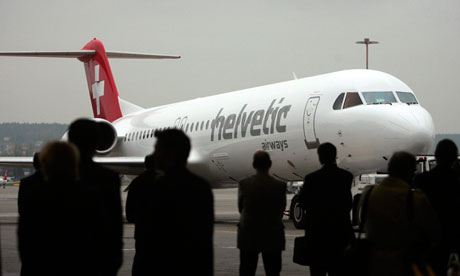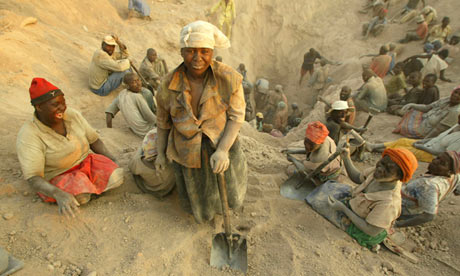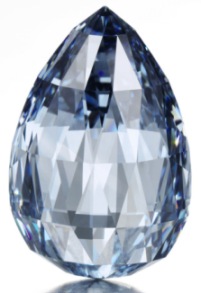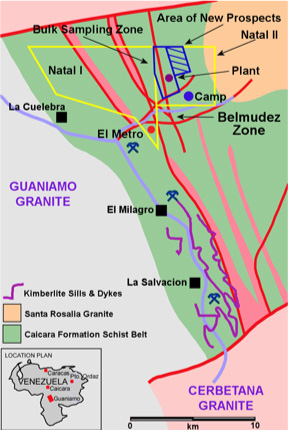Kristall of Smolensk, Russia's biggest producer of cut
diamonds, recorded sales of $457 million (RUB 13.687 billion) in 2012,
company's CEO, Maxim Shkadov, said in an interview with Interfax. This
falls within Kristall's earlier revenue forecast of $400 million to $470
million. However, sales were down 18 percent year-on-year, which the
company attributes to the cooler diamond market in the second half of
2012. Prices for cut diamonds are correcting along with prices for rough
diamonds and the margin in cutting does not exceed 6 percent even in
the best of times, Shkadov said. Due to the decline in margins, the
company was forced to reduce purchases of rough diamonds.
The
resale of rough diamonds, which Shkadov said accounts about a third of
Kristall's turnover, generated a loss in the fourth quarter of 2012.
"Rough
diamonds were purchased at a higher price than it was possible to sell
them at on the market. The cost of rough diamonds was equal to the price
of cut diamonds, and we covered the cost with the 'fat' we had put on
prior to this. Polishing was also unprofitable. We didn't close down
production, despite the negative balance, because we can't let people go
until the market revives," Shkadov said.
In the first half of
2011, there was a time when resale of rough diamonds generated a 25
percent to 30 percent margin, now the profit is zero, but "the market
has more or less revived and is rising," he said.
"We feel that
the bottom of the crisis was sometime in November 2012. The first
quarter, I think, will be positive. Not explosive, but positive. Strong
first quarters are a tradition of our industry. Christmas sales have
passed, a mass of product throughout the world has gone to the consumer.
Now jewelry companies will begin to restock, pull diamond jewelry from
the market, polishers will get orders and buy rough diamonds, the
pipeline will start working and movement will begin," Shkadov said.
But
a slump could begin in the second quarter, he warned. "While the first
quarter is as a rule positive, the second quarter is always not very
easy. Considering the negative expectations in the economy, it's fairly
difficult to predict what will be in the second quarter. Much depends on
the willingness of banks to provide liquidity to industry players. If
banks will be extremely cautious and funds stop coming into the sector,
problems will start," Shkadov said, adding that it will not be possible
to forecast market trends in the second half of 2013 before the end of
April.
Kristall closed 2012 with a pretax profit of $1.6 million (RUB 48 million), he said.
Kristall's
long-term contract with its biggest rough diamond supplier ALROSA,
which supplies over 50 percent of its needs, expired in December 2012.
The companies are now negotiating a new three-year agreement. The
Russian diamond miner plans to change the terms of contracts with buyers
in terms of assortment and volumes, Shkadov said, though he believes
these changes will not be substantial for Kristall.
"We will
adjust to ALROSA's conditions in any case. ALROSA is interested in us as
a client, we're interested in ALROSA as a supplier," he said.
Kristall's
second largest supplier is Yakutia diamond miner Nizhne-Lenskoye, from
which the company purchased the whole range of output in 2011. The
companies worked together again in 2012, Shkadov said, but at the end of
last year 51 percent of Nizhne-Lenskoye was bought by ALROSA's
subsidiary Almazy Anabara, which operates at neighboring alluvial
deposits in Yakutia. Kristall hopes it will continue to be able to buy
rough diamonds from Nizhne-Lenskoye now that it is controlled by ALROSA.
Shkadov
said that Kristall, which specializes in producing premium-quality gem
diamonds, achieves 7 percent to 10 percent added value for product
quality compared with so-called "commercial product."
Kristall,
which is wholly controlled by the Federal Property Agency, is the
largest diamond cutter in Europe. The international classification of
its products is Double Excellent and Triple Excellent.
Source:
diamonds.net



















